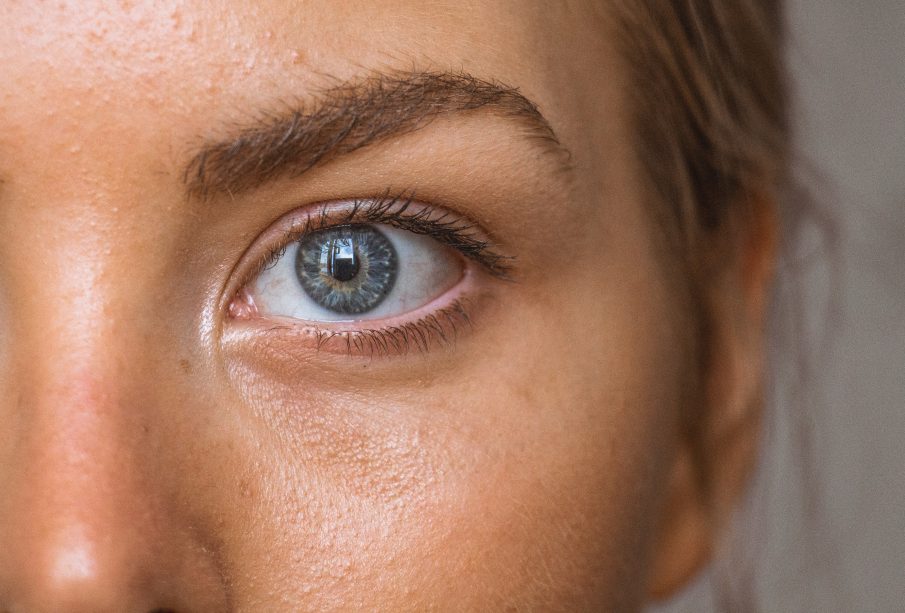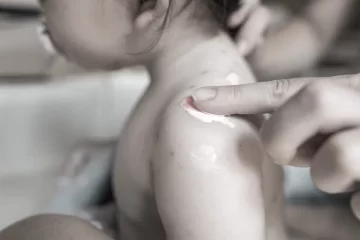What are the Different Skin Resurfacing Procedures?

The skin is the organ that is mostly exposed to harmful elements. Since our skin protects our bodies’ internal organs, we should also take measures to protect our skin. Having a smooth and clear skin enhances your appearance. There are a lot of skin treatment procedures that you can get to revitalize sun-damaged skin. One of these treatments is skin resurfacing.
What is Skin Resurfacing?
The epidermis cells of our skin regenerate every 28 days and are replaced by new cells. However, there are times when blemishes, scars, and other skin problems go deeper than the epidermis layer. Scars and blemishes that reach the dermis are most likely to stay longer and even permanent if not given the right skin treatment.
Removal of skin’s damaged outer layers is called skin resurfacing and it gives way for the regeneration of new skin cells. Skin resurfacing may help reverse the signs of aging and help you create a more youthful visage. There are a lot of techniques that may be used for skin resurfacing.
1. Laser Skin Resurfacing. Laser skin resurfacing involves the use of highly concentrated light beams to improve the tone and appearance of the skin. Laser resurfacing lessens the deepness of wrinkles and skin folds, removes brown spots and discolouration to balance the skin tone, remove acne and wound scars, and encourage collagen production to make the skin more elastic.
2. Chemical Peels. Chemical solutions are put onto the skin’s surface to cause the outermost layers to peel away and let newer cells reach the outermost surface. The chemical solution will cause the gradual peeling of the skin over several days post-treatment. The amount and type of chemical used for peeling will depend on how deep the peeling of the layers need to be to expose new and youthful-looking skin. Most patients that undergo chemical peel are required to have a long downtime to allow their skins to peel away in the safety of their homes without being exposed to sunlight.
3. Microdermabrasion & Dermabrasion. Dermabrasion means skin rubbing. In this skin treatment, mechanical exfoliation is done to remove the outer layers of the skin until the visible skin damages are completely removed. Microdermabrasion involves light exfoliation and is performed for minor skin blemishes that are located on the epidermis. And dermabrasion is a more powerful exfoliation technique that removes the skin layer by layer until all the blemishes are gone.
4. Microneedling. In this skin treatment process, microscopic needles are used to create “micro-injuries” on skin areas that have imperfections. The principle behind this treatment is to use the natural healing process of the skin to reduce its imperfections.
Who Should Perform Skin Treatments?
Since most of the skin treatments mentioned above involve the physical removal of a skin layer, a licensed and certified cosmetic surgeon or dermatologist must perform the procedures. Letting non-certified persons handle your skin may make your skin conditions worse. It is also important to have the procedures performed at doctor-led clinics that are sterile and well-maintained. Although it is important to be diagnosed by a dermatologist, skin treatment procedures may be performed by a licensed esthetician under the guidance and supervision of the dermatologist.








